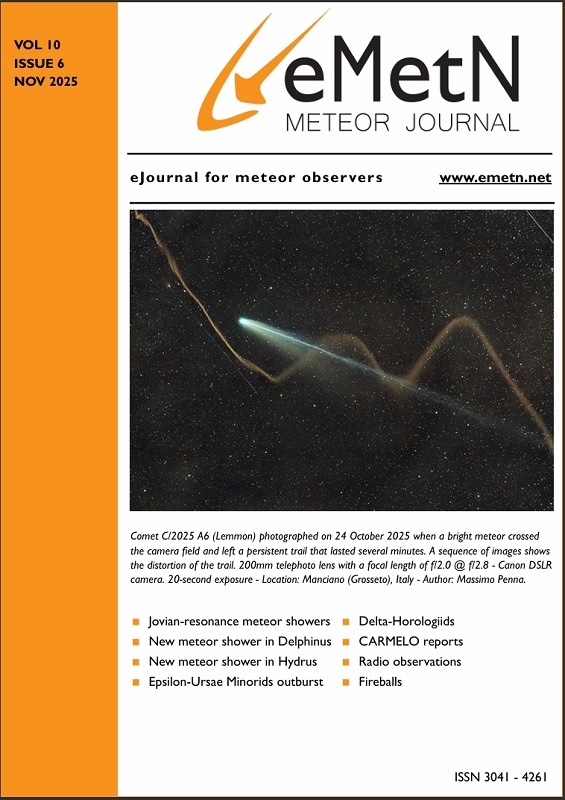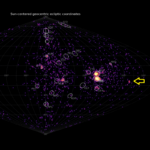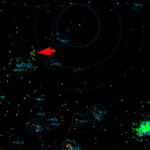Meteor Activity Outlook for 7-13 October 2017
During this period the moon will reach its last quarter phase on Thursday October 12th. At this time the moon will be located 90 degrees west of the sun and will rise near 2300 local summer time (LST). This weekend the waning gibbous moon will rise during the late evening hours creating difficult conditions to see meteor activity the remainder of the night due to the moon’s glare.
Read More



